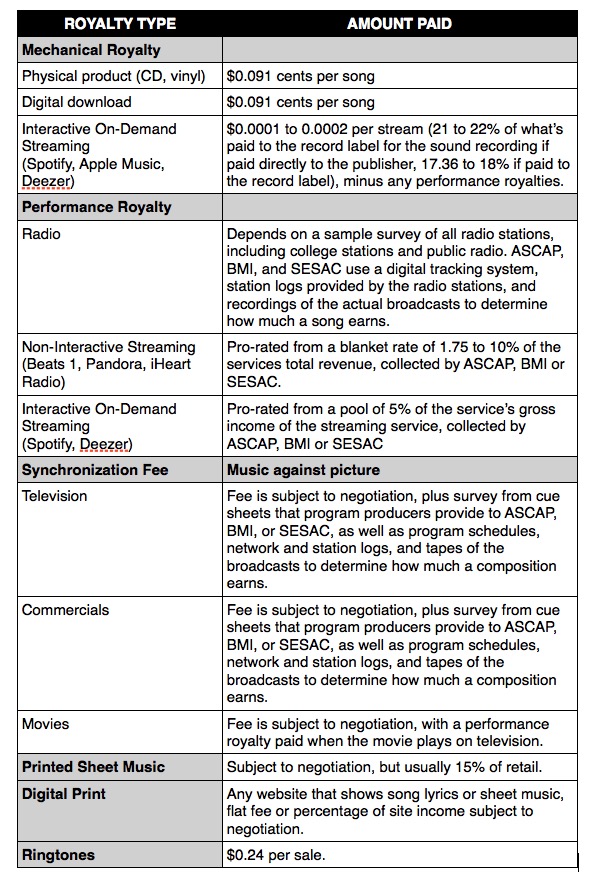Meet An Entrepreneur Bringing Innovation To Classical Music
First of all thanks to Christina Wallace
for this article.
I’ve spent my entire life in classical music — 15 years of piano lessons, six years of cello, 24 years of singing with choirs, a handful of playing with orchestras, boarding school at Interlochen Arts Academy, a music minor at Emory University, a job as a church musician, gigs for weddings and funerals, and two years in arts management at the Metropolitan Opera. You could say that I have been fully indoctrinated both as a musician and as a manager. And for as long as I can remember there were two truths about classical music:
- Audiences are getting grayer and young people just don’t like the genre, so at some point classical music in the US might just die out.
- It is a serious thing, and as such, requires listening with reverence in dark concert halls while obeying all of the unspoken rules like clapping between pieces but not between movements within pieces.
As a young person who loved classical music I never quite believed the first truth (but hey, I love math too, and you won’t find that many people who feel similarly, so maybe I was just weird?). And the second truth seemed like the community was insisting on rules and practices that created an unreasonably high barrier to entry for novices who wanted to experience something new.
So when I was introduced to Chad Goodman through a mutual arts-and-tech friend I was excited to see someone disproving the first truth by throwing out the second altogether. As the founder of Elevate Ensemble, Chad has taken his classical training as a professional trumpet player and combined it with the entrepreneurial spirit of San Francisco, where he moved in 2011 for grad school at SF State. The result is a truly innovative approach to building and sustaining an arts nonprofit that many larger organisations (as well as any startup that is trying to think diagonally about innovation) might want to take a look at.
hristina Wallace: Why did you found Elevate?
Chad Goodman: I founded Elevate Ensemble in 2014 with the desire to reimagine the classical music experience: who it’s for, where it happens, what it means, and how it’s done. Elevate is a flexible music ensemble, a kind of pop-up orchestra, that can easily pick up and go where it pleases, giving more people the opportunity to experience live performances of the music we love so much.
We collaborate with other local artists, including poets, chefs and photographers . Some people may show up to one of our events for the poet or chef, others to support the music, but everyone leaves with a new, shared appreciation for the wild and beautiful local creative arts scene we have in San Francisco.
The venues we use always rotate: a state-of-the-art concert hall like the Sol Joseph Recital Hall at the San Francisco Conservatory of Music for one show, a private home the next. (Our inaugural show was performed at a yoga studio.)
Wallace: How many events do you do per year and what kind of turnout do you see?
Goodman: We just wrapped up our second season which consisted of 7 events in addition to a semester-long residency at San Francisco State University. Sold out shows were performed in concert halls, art galleries, and even private homes. Our average audience size is 100, though we’ve had audiences twice that size.
Our house shows blur the line between “concert” and “party.” At the last one, guests enjoyed a brunch bites menu prepared by rising chef Eric Chow of The Perennial. Short sets of music featuring underrated gems from composers of the past like Gustav Holst and Ivor Gurney were presented alongside new works from Bay Area composers like Julie Barwick and Nicolas Lell Benavides. Once a set ended, another round of food and drink came flying out the kitchen. The intermissions that took place between sets provided plenty of time for the audience and performers to hang out and discuss the music they just experienced.
Elevate Ensemble house concert (Credit: Steve Castles)
Wallace: Why commission new work?
Goodman: Commissioning and promoting new work is vital to the success of classical music because it is the music of our time. Orchestras will never stop performing the works of the masters like Beethoven, Brahms and Stravinsky, but we need our audiences to realize that there are people out there just like them, who happen to be expressing their experiences of the present day through music.
I’m proud to say that every Elevate show includes at least one world-premiere commission. It is a truly thrilling experience. The composers are in attendance at each premiere to chat with the audience about topics like their inspirations for the piece, the compositional process and the challenges faced when writing the piece, which creates a memorable experience for the concertgoers.
Wallace: Was there a big “aha!” moment when the unique elements of your model clicked in place (or, in the parlance of the tech world – you reached product/market fit)?
Goodman: The big “aha!” moment came around our third or fourth show, when I started to recognize many of the faces in the audience as repeat concertgoers. Elevate was building a loyal fanbase mostly comprised of millennials. Many of these people were coming up to me after shows and saying that until now, they had never thought that classical music was for them or that they hadn’t been to a classical music concert since their elementary school field trip.




























